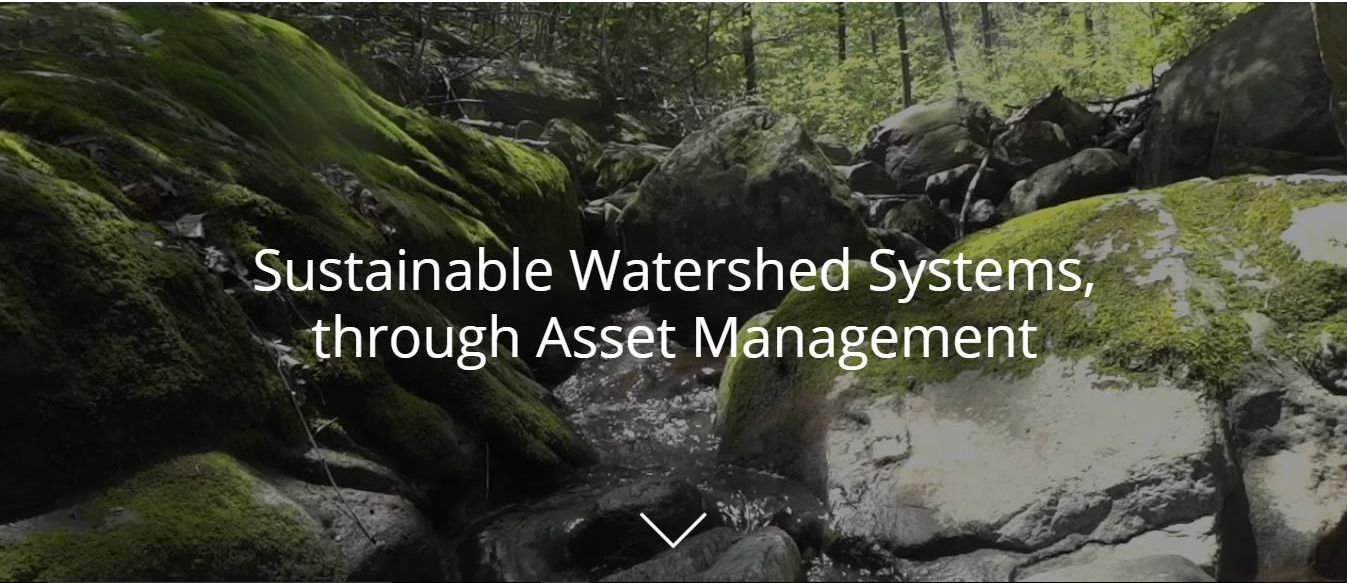DOWNLOADABLE RESOURCE: Flood, Drought, Fire, Wind and Cold – because extreme events are becoming the norm, communities need to progress along a continuum to achieve “Sustainable Watershed Systems, through Asset Management” (September 2017)
Note to Reader:
In September 2017, the Partnership for Water Sustainability in British Columbia announced the re-build of the waterbalance.ca website. It now provides easy access to an array of 11 online tools.
Governments of Canada and British Columbia fund water balance tools & resources for climate adaptation action
“Local governments in British Columbia already face a $200 billion challenge for renewal of aging hard infrastructure – such as watermains, sewers and roads. And now, as communities face the increasing impacts of climate change, there is another  unfunded liability – the cost to restore watershed hydrology and water resilience in the built environment,” states Kim Stephens, Executive Director, Partnership for Water Sustainability.
unfunded liability – the cost to restore watershed hydrology and water resilience in the built environment,” states Kim Stephens, Executive Director, Partnership for Water Sustainability.
“British Columbia has arrived at a fork in the road. How, and how quickly, will communities respond? And how will they adapt over time to the New Normal?
North American Leaders in Flow-Duration Analysis
“The Partnership for Water Sustainability is evolving online tools that support implementation of the whole-system, water balance approach. British Columbia, Washington State and California are leaders. We are moving forward in parallel on this journey,” states Jim Dumont, the Partnership’s Engineering Applications Authority.
“ A commonality is that all three regions are addressing impacts to the stream. Washington State and California have gone a step further than BC and mandated Flow-Duration Analysis as a regulatory requirement.
A commonality is that all three regions are addressing impacts to the stream. Washington State and California have gone a step further than BC and mandated Flow-Duration Analysis as a regulatory requirement.
Over time, Jim Dumont has evolved the Water Balance Methodology to synthesize watershed hydrology and stream dynamics.
“The innovation in BC’s Water Balance Methodology is found in the integration and application of proven scientific and engineering principles,” emphasizes Jim Dumont.
“The methodology provides a logical and straightforward way to assess potential impacts resulting from urban development; and analytically demonstrate the effectiveness of the methods proposed for preventing and/or mitigating those impacts.”
“Real-world success would be defined as reduced stream erosion during wet weather, and sustained ‘environmental flows’ during dry weather,” concludes Jim Dumont.



